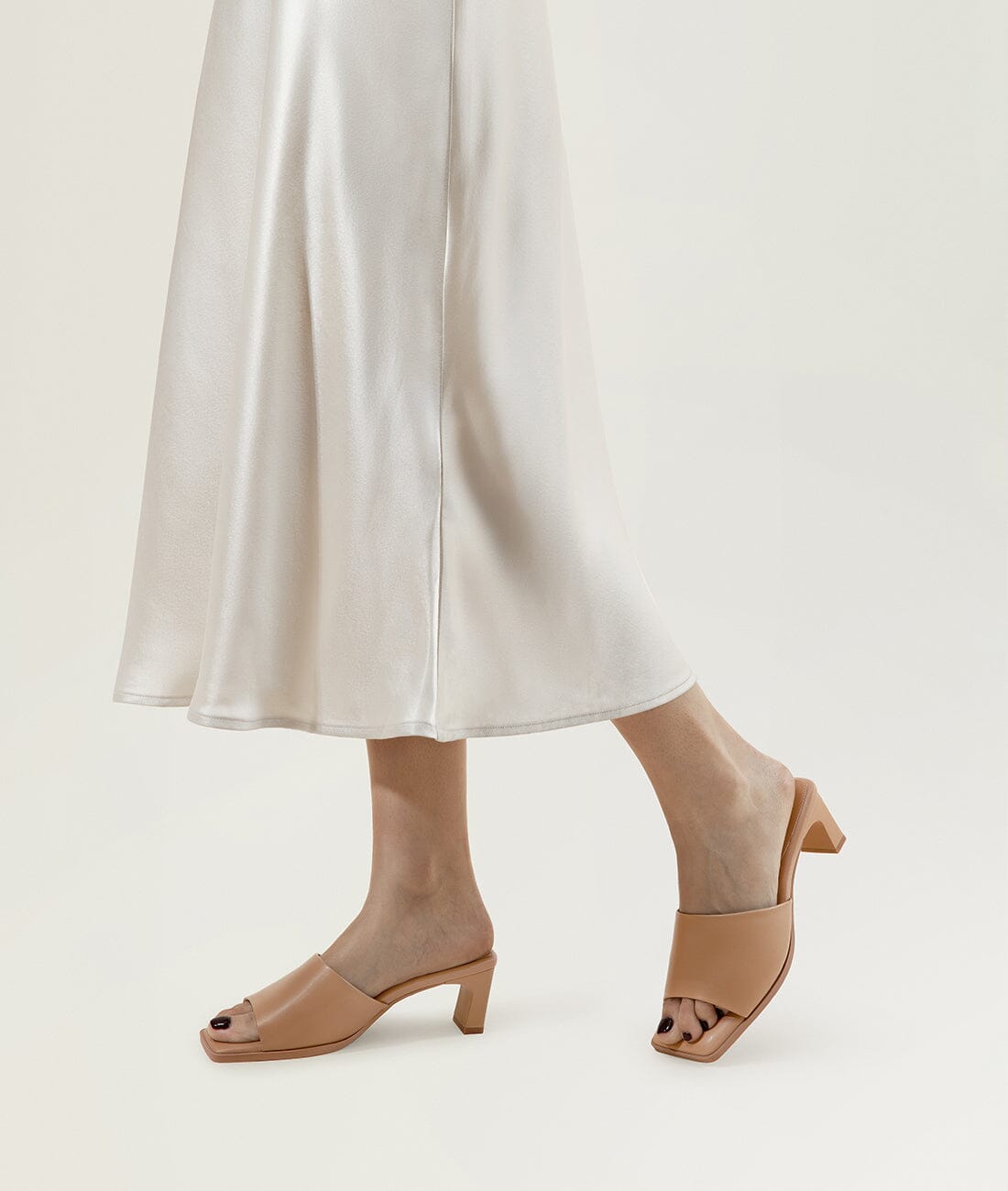When it comes to footwear, comfort is key, especially for women who are constantly on the go. The science of comfort in women's sandals goes beyond just cushioning and style. It involves a deep understanding of biomechanics, materials, and design to provide maximum support and comfort for the wearer.

Biomechanics and Foot Support
One of the key aspects of the science of comfort in women's sandals is the understanding of biomechanics. The human foot is a complex structure with 26 bones, 33 joints, and over 100 muscles, tendons, and ligaments. When engineering sandals for maximum support, designers and engineers take into account the natural movement of the foot, arch support, and weight distribution.
By incorporating features such as contoured footbeds, arch support, and cushioned heel cups, women's sandals are able to provide the necessary support to reduce strain on the feet and lower limbs. These features help to maintain the natural alignment of the foot and promote a more comfortable walking experience.
Materials and Cushioning
The materials used in women's sandals play a crucial role in providing comfort and support. High-quality, durable materials such as EVA foam, memory foam, and cork are often used in the construction of sandals to provide cushioning and shock absorption.
Additionally, the use of moisture-wicking and antimicrobial materials helps to keep the feet dry and odor-free, enhancing overall comfort. The combination of supportive materials and cushioning ensures that women's sandals are not only comfortable but also durable and long-lasting.
Design and Functionality
Design plays a significant role in the science of comfort for women's sandals. Anatomically designed straps, adjustable closures, and toe loops are all features that contribute to the overall support and stability of the sandals. These design elements help to secure the foot in place, preventing unnecessary movement and reducing the risk of discomfort or injury.
Furthermore, the incorporation of lightweight and flexible outsoles allows for natural foot movement while providing traction and stability. The overall design and functionality of women's sandals are carefully engineered to prioritize comfort without compromising on style.
Innovation in Comfort Technology
The science of comfort in women's sandals is constantly evolving, with ongoing research and innovation driving the development of new technologies. From advanced cushioning systems to 3D foot mapping, manufacturers are continuously pushing the boundaries to enhance the comfort and support offered by women's sandals.
For example, some sandals now feature custom-molded footbeds that adapt to the unique shape of the wearer's foot, providing personalized support and comfort. Additionally, the integration of sustainable and eco-friendly materials reflects a growing emphasis on both comfort and environmental responsibility.
In conclusion, the science of comfort in women's sandals encompasses a holistic approach that considers biomechanics, materials, design, and innovation. By prioritizing support, cushioning, and functionality, women's sandals are engineered to provide maximum comfort for the wearer, allowing them to stay comfortable and stylish throughout the day.



